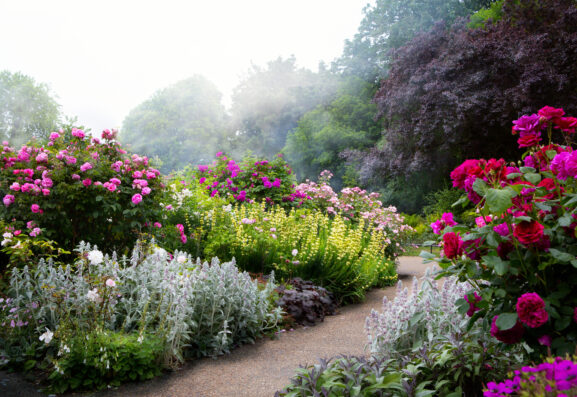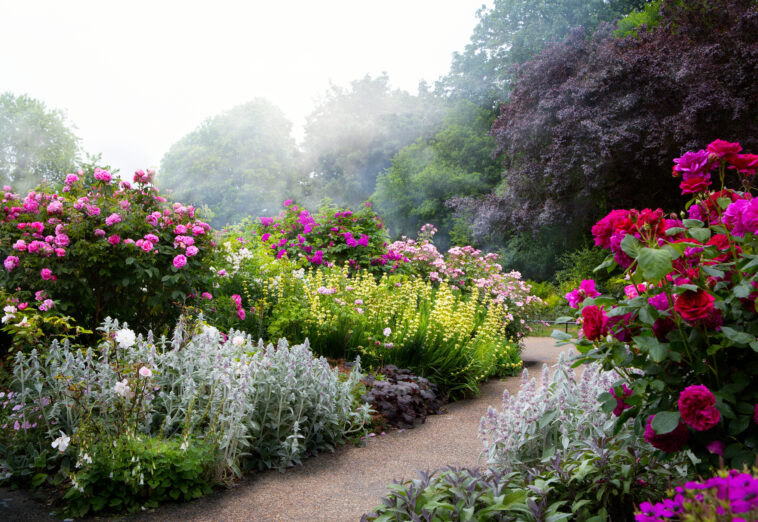Annual and perennial are terms you need to know if you are getting into gardening. They refer to the growing cycle of plants.
Flowering plants have similar basic requirements to help them grow, such as adequate lighting, water, and soil quality. But where the significant differences lie between some types of plants is in their life cycles.
Knowing the differences between annual and perennial plants will help you take better care of them and help you determine which ones work best in your garden. So if you do not yet understand what annuals and perennials are, allow us to explain.
Annual plants last for one growing season, then die as winter approaches. They produce colorful blooms all season long, but once they’re gone, they’re gone. Therefore, you will need to replant them the following year.
Although they may not last long, they are great for instantly adding color to your garden. You can plant them in various ways–containers, hanging baskets, mixed borders; you name it.
Some examples of cool-season annuals, which thrive in spring and fall, include poppies, sweet peas, cornflowers, and violas.
Warm-season annuals for the summertime are sunflowers, zinnias, petunias, geraniums, and marigolds.
There is also something called self-sowing annuals. For annuals, you usually have to replant them yourself. But self-sowing annual plants drop seeds in the garden.
The seeds end up taking root and will appear as flowers the following year. Plants that do this are the cosmos and the larkspur.

Sign up for Chip Chick’s newsletter and get stories like this delivered to your inbox.


